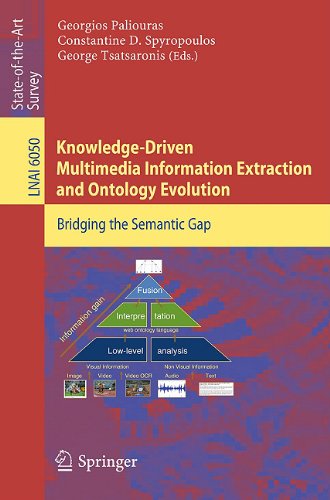

Most ebook files are in PDF format, so you can easily read them using various software such as Foxit Reader or directly on the Google Chrome browser.
Some ebook files are released by publishers in other formats such as .awz, .mobi, .epub, .fb2, etc. You may need to install specific software to read these formats on mobile/PC, such as Calibre.
Please read the tutorial at this link: https://ebookbell.com/faq
We offer FREE conversion to the popular formats you request; however, this may take some time. Therefore, right after payment, please email us, and we will try to provide the service as quickly as possible.
For some exceptional file formats or broken links (if any), please refrain from opening any disputes. Instead, email us first, and we will try to assist within a maximum of 6 hours.
EbookBell Team

4.4
92 reviewsThis book aims to cover the state of the art in the fields of ontology evolution and information extraction from multimedia, while also promoting the synergy between these two fields. The contents stem largely from the research work conducted over a period of three years under the framework of the research project BOEMIE (Bootstrapping Ontology Evolution with Multimedia Information Extraction). The book is designed to provide researchers, practitioners, and students with basic knowledge and skills presenting a sound theoretical framework as well as concrete examples of applications. The book is organized in eight chapters. The first chapter provides an overview of the BOEMIE project and its main achievements. The second chapter presents current approaches to the representation of knowledge about multimedia using ontologies. The following two chapters provide the state of the art in extraction methods for two important types of multimedia content, i.e. image and text. The fifth chapter covers the automated reasoning process, where the authors attempt to bridge content and knowledge in a process inspired by human reasoning based on perception. The next two chapters provide the state of the art in ontology learning, population and matching, while the last chapter gives a survey of tools that are useful for the annotation of multimedia content with semantics, i.e. concepts and relations that have a particular meaning in the application domain.